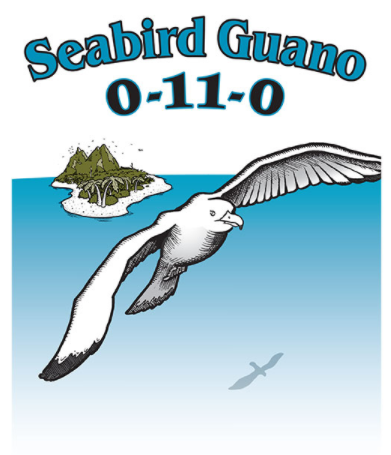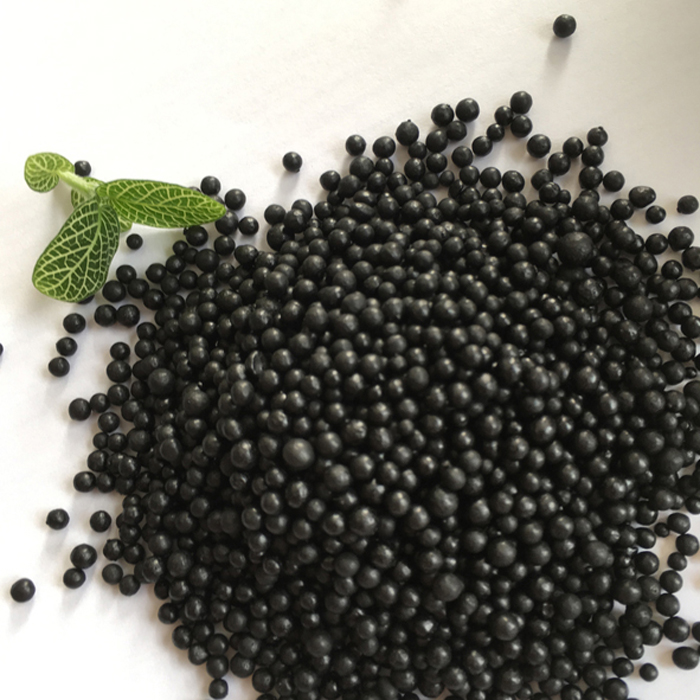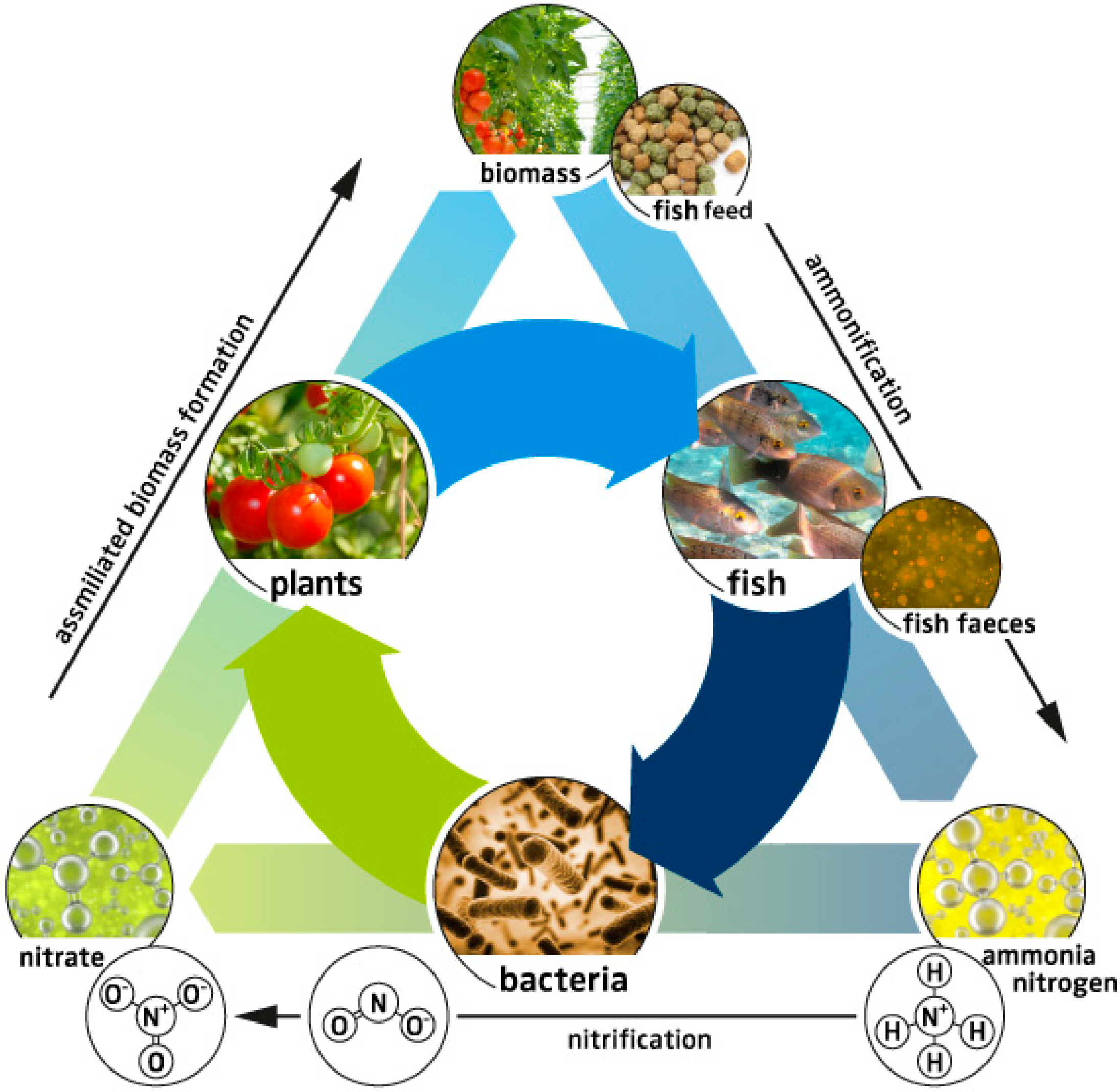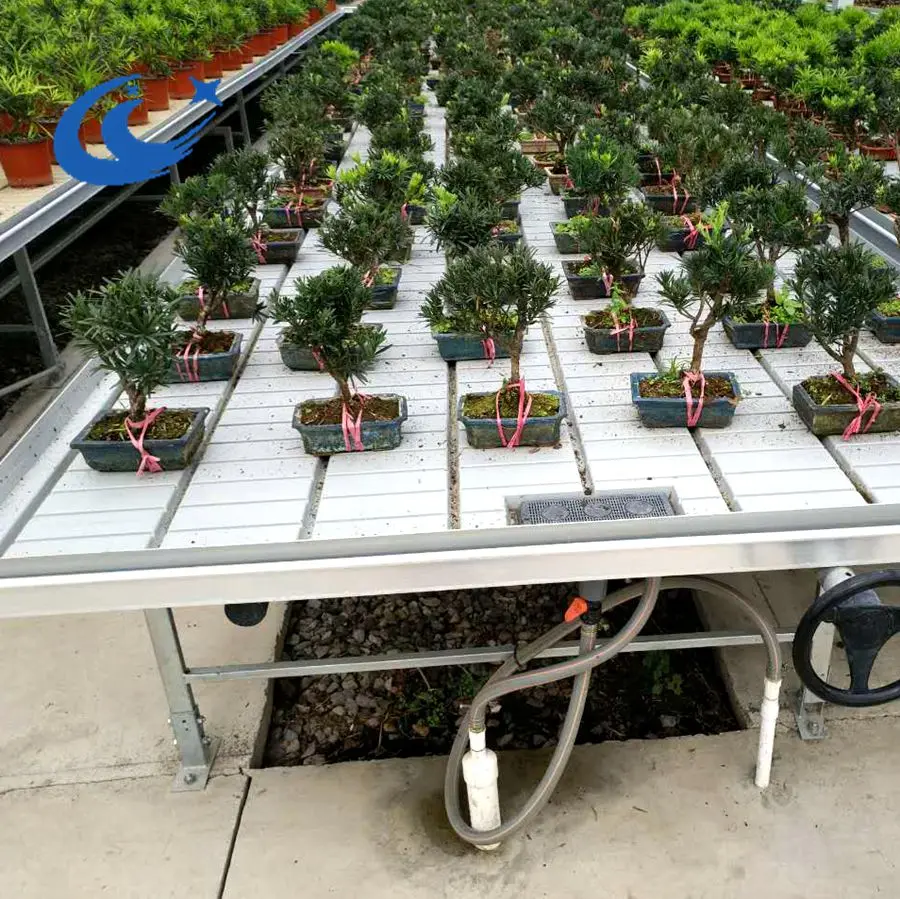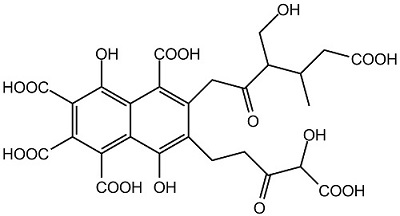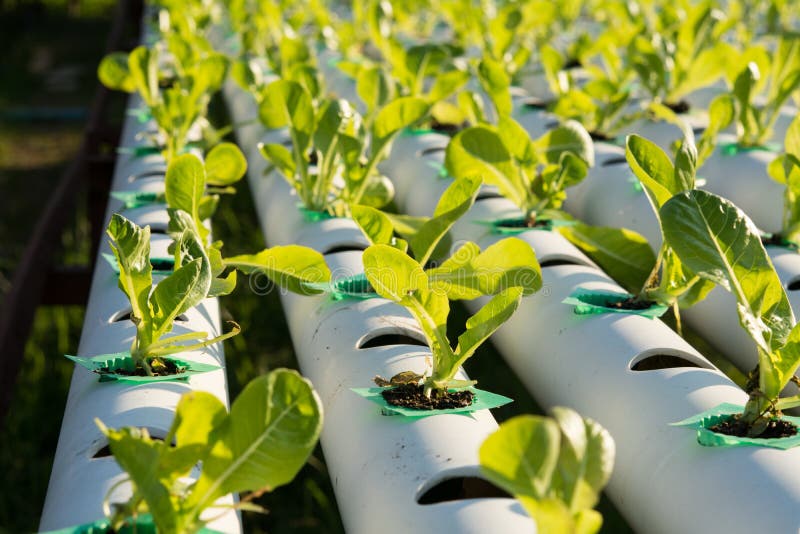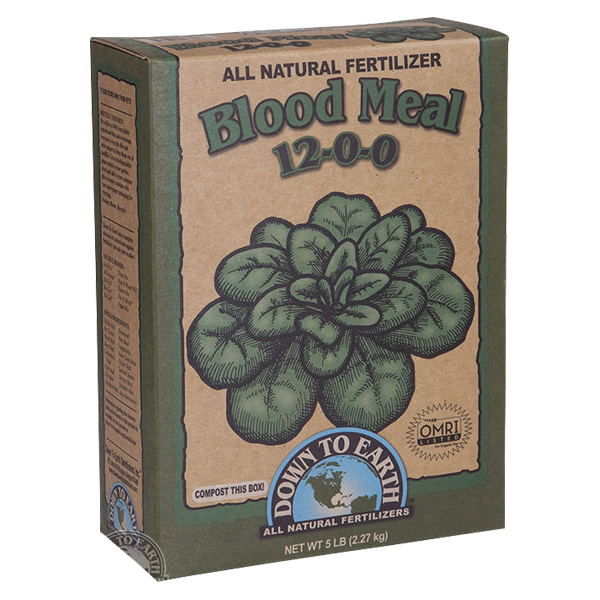How to get more phosphorus in organic hydroponics
It is difficult to supply plants with readily available phosphorus because of the insolubility of many phosphorus compounds (2). Whenever orthophosphoric acid species are present in a solution, all the heavy metals, calcium, and magnesium form progressively insoluble phosphate salts as the pH increases (3). At high pH, all of the phosphate is expected to be precipitated as long as there are excess cations to form these insoluble salts. In this post, we are going to talk about how this problem exists mainly in organic hydroponics and how we can solve it by efficiently using organic sources of phosphorus.
Phophorus in traditional hydroponics
In hydroponic systems that are not organic, soluble phosphorus salts are used to provide the phosphorus necessary for plant growth. These salts are all synthetic and are therefore not allowed for use in organic crops. They are mainly mono potassium phosphate (MKP) and mono ammonium phosphate (MAP). At the concentrations generally used in hydroponics – 25-100 ppm of P – at a pH of 5.8-6.2 and in the presence of chelated heavy metals, the phosphorus all remains soluble and there are rarely problems with phosphorus availability that are directly related to the P concentration in solution. However, when trying to move to an organic hydroponic setup where we want to avoid the use of all these synthetic salts, we run into big problems with P availability.
Organic soluble phosphorus fertilizers
The first problem we find is that there are no organic sources that are equivalent to MAP or MKP. However, there are thankfully some highly soluble organic sources that contain significant amounts of P. Some guano sources are particularly high in P, especially Seabird Guano (0-11-0), while some vegetable sources like corn steep liquor (CSL) (7-8-6) can also have high phosphorus (1, 9).
However, these sources do not only contribute phosphorus but will also contribute a variety of different substances that need to be taken into account when considering them for use. In the case of CSL, very high lactate and organic nitrogen levels imply that you will need to prepare an appropriate compost tea to use this in a nutrient solution. I wrote a blog post about a paper that describes how to make such a preparation.
In the case of seabird guano, a lot of calcium is also provided (20%) so we also need to take this into account in our formulations. Using 3g/gal of seabird guano will provide you with a solution that contains 38ppm of P and 158ppm of Ca, although not in exactly readily available form – as MKP would provide – it will become available much easier than insoluble phosphate amendments. Seabird guano applications should be enough to completely cover both the P and Ca requirements of most flowering plants. The seabird guano also includes a lot of microbial activity, which will reduce the oxygenation of the media when it is applied, reason why you need to be careful with the aeration properties of your media (as I mentioned in this post).
These organic sources of P might also contain significant amounts of heavy metals. Seabird guano can be notable for having significant levels of cadmium (4, 5) so make sure you have a heavy metal test of the soluble P source you intend to use to ensure you’re not adding significant amounts of heavy metals to your crops.
Insoluble organic phosphorus amendments
Besides these soluble organic phosphorus sources, we also have the possibility to use mineral amendments that can be directly incorporated into the media from the start. These sources offer us some additional advantages relative to the pH and nutrient stability through time, which are not offered by using the soluble solutions. The most common amendments available in this area are rock phosphates and bone meal. Not all rock phosphates and bone meal sources are created the same though, rock phosphates mined across the world can differ in their carbonate content, which can greatly affect their solubility. These amendments are generally used at around 60-120mL per gallon of soil.
Plants, however, will respond to low P in their root zone by releasing organic anions that can chelate metals and slowly dissolve these phosphates (6). Tests by adding organic acids directly do show that not all acids are the same and some are much more effective than others. In this article (7), the authors showed that oxalic acid was more effective than citric acid in making P available from a rock phosphate source. Malic acid, a very important organic acid for plants (8), can also be used for this purpose and is preferable to oxalic acid. This is because oxalic acid is not only toxic to humans but can also strongly precipitate metals like iron, which are also needed by plants.
From the literature, we can conclude that adding these acids ourselves in concentrations of around 1mM, can be a good way to help solubilize P contained in these rock phosphate amendments. Watering with a solution of citric or malic acid at 150mg/L (567mg/gal) can help free these rock phosphate amendments and contribute to plant absorption of both the phosphorus and the calcium that is bound with it. Alternatively, we can also use fulvic acid at 40mg/L to achieve a similar effect (10).
Conclusion
While there are no easy replacements for phosphorus in organic hydroponics, there are some satisfactory solutions. Soluble phosphorous sources like CSL and seabird guano can be used to provide large amounts of soluble P when required, while solid amendments like rock phosphate and bone meal can provide a sustained release of these nutrients with time, also increasing the pH stability of the media. While using only soluble sources can be the easiest initial transition from a purely hydroponic crop, it will also be harder to manage due to the effects on media pH that such applications might have. A combination of both approaches – soluble applications and amendments – can often be the most successful when implementing an organic hydroponic approach.
